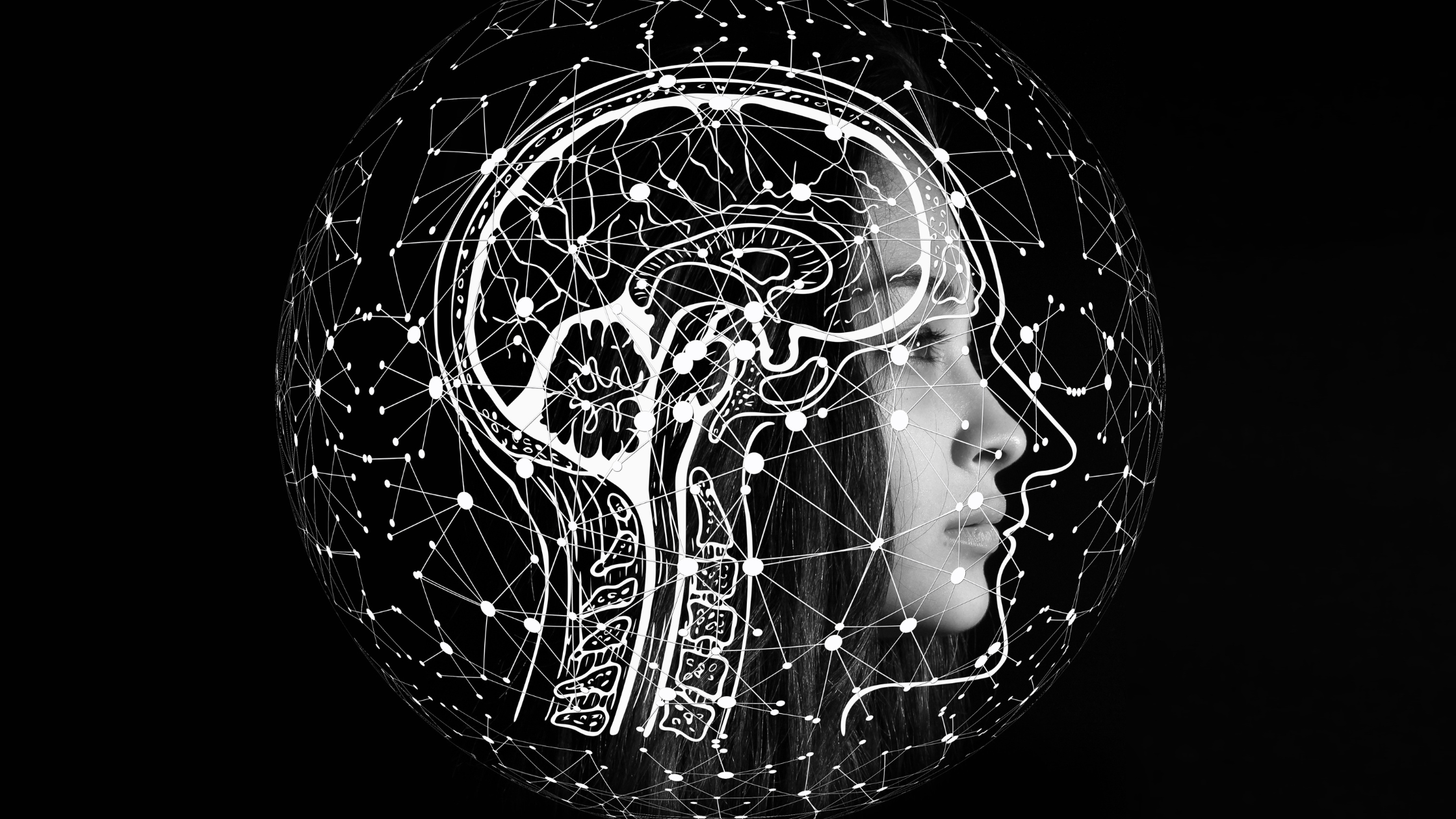

A traumatic birth or perinatal experience is one that can deeply affect women, their birth partners and others present during the event. This can leave an enduring imprint on their emotional well-being. The effects of trauma extend beyond the initial event, shaping how individuals perceive the world, relate to others, and even function cognitively. In this blog post, I will explore the emotional consequences of birth and perinatal trauma and delve into the intricate workings of the brain, specifically the areas involved in storing traumatic memories.
Birth or perinatal trauma triggers a cascade of emotional responses, often including intense fear, anxiety, sadness, anger, guilt, and shame. These emotions can become deeply ingrained, altering one’s emotional regulation and shaping their overall emotional experience. Individuals who have experienced or witnessed birth trauma may find it challenging to trust others, struggle with emotional intimacy, or experience persistent feelings of sadness or numbness.
To comprehend the emotional impact of trauma, it is crucial to explore the brain’s involvement in processing and storing traumatic memories. The two most important brain regions implicated in trauma storage are the amygdala and the hippocampus.
The Amygdala:
The amygdala, a small almond-shaped structure deep within the brain’s temporal lobe, plays a pivotal role in processing emotions, especially fear and threat detection. During a traumatic event, the amygdala becomes hyperactive, leading to an immediate and intense emotional response. This hyperactivity can persist long after the traumatic event has ended, resulting in heightened emotional reactivity, hypervigilance, and an increased likelihood of experiencing anxiety and panic attacks.
The Hippocampus:
The hippocampus, a seahorse-shaped structure located in the medial temporal lobe, is primarily associated with memory formation and consolidation. In the context of trauma, the hippocampus plays a critical role in encoding and storing traumatic memories. However, traumatic experiences can adversely impact the hippocampus, resulting in structural changes and functional alterations. These alterations can lead to difficulties in memory retrieval, impairments in contextual processing, and a fragmented sense of time and place.
Birth trauma can also disrupt an individual’s emotional regulation, making it challenging to modulate and manage emotions effectively. The disruption arises from alterations in the brain’s prefrontal cortex and the connections between the prefrontal cortex and the amygdala.
The Prefrontal Cortex:
The prefrontal cortex, located in the frontal lobe, plays a crucial role in executive functions such as decision-making, impulse control, and emotional regulation. Trauma can impair the prefrontal cortex’s functioning, leading to difficulties in regulating emotions and suppressing fear responses. Consequently, individuals may experience emotional dysregulation, mood swings, impulsivity, and a heightened startle response.
The Prefrontal-Amygdala Connection:
The prefrontal cortex and the amygdala share a reciprocal relationship that influences emotional processing and regulation. In the aftermath of trauma, this connection can become disrupted, impairing the prefrontal cortex’s ability to modulate the amygdala’s hyperactivity effectively. As a result, individuals may struggle to downregulate fear responses, experience intrusive memories, and exhibit emotional sensitivity.
Recognizing and understanding the emotional impact of birth trauma is an essential step towards healing and recovery. Fortunately, the brain’s plasticity offers hope, as it possesses the ability to rewire and reorganize itself through a process known as neuroplasticity.
Therapeutic interventions such as trauma-focused therapies, including Three Step Rewind, cognitive-behavioral therapy (CBT) and eye movement desensitization and reprocessing (EMDR),, have shown promising results in helping individuals heal from birth trauma. These therapies aim to address the emotional consequences of birth trauma by facilitating the processing and integration of traumatic memories, enhancing emotional regulation skills, and fostering resilience.
There are also many self-care practices such as mindfulness meditation, relaxation, yoga, exercise, being in nature, creative outlets, and social support that can contribute to the healing process. Engaging in these activities can help individuals manage their emotions, reduce stress, and cultivate a sense of empowerment and well-being.
Birth trauma leaves an indelible mark on our emotional landscape. It disrupts the delicate balance of emotions, affecting our emotional regulation, and influencing our overall well-being. Understanding the brain’s involvement in storing trauma and the emotional consequences it carries is crucial for developing effective strategies for healing and recovery. Through therapeutic interventions, self-care practices, and a supportive environment, those affected by birth trauma can embark on a journey of healing and reclaiming their emotional well-being.
Catherine x


Recent Comments